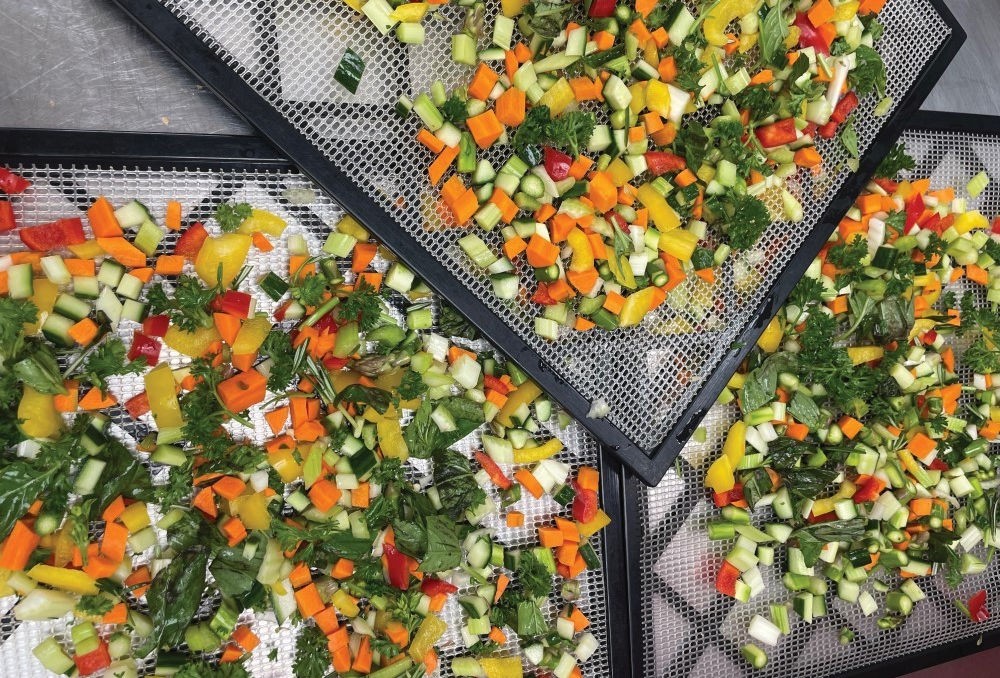Meetings and events F&B is undergoing a revolution on many fronts, with sustainability and healthy options perhaps being at the fore.
In my 30-plus years as a culinary executive at a variety of venues, my job has evolved in more ways than one. No longer are groups looking for just the tastiest or most cost-effective menu. They, and their attendees, are increasingly looking for options that are healthy for both them and the planet they call home.
Because of their ability to often cater to single groups on property, without a heavy mix of leisure travelers, conference centers provide the ideal opportunity to implement a sustainable F&B strategy.
Here are nine tips to keep top-of-mind when it comes to promoting meetings F&B sustainability and dietary restrictions/awareness, and which can be extrapolated to virtually any type of venue.
1. Open Discussions About Food Waste
Work with the property team to determine the production schedule, potential waste and avoidance strategies for your event. Consider donations, repurposing items, cross utilization, composting and recycling.
2. Plates and Cutlery Are Back
Limit the amount of disposable service ware items. If needed, ask for compostable products over recyclable items. Most compostable containers can be placed in the organic food waste stream vs. heading to a recycling plant.
3. The Buffet
Large buffets are very impressive and give great eye appeal—and wow to your event—but having the buffet accurately scaled to the size of your group will limit potential food waste while still providing the food variety desired. Smaller chafing dishes, single-serve, small-plated items and smaller serving bowls allows the service team to quickly replenish the buffet and keep the visual impression high, all while allowing the kitchen to scale the amount of food as to not overproduce.
4. Ingredient Cross-Utilization
Creating menu selections with similar raw ingredients will result in multiple dishes being able to be prepared from the same pool of ingredients, which is always a great practice for cutting down on potential waste.

5. Leftovers Repurposed
Bread pudding is best prepared with leftover croissants, muffins and Danishes. Leftover sliced fruit from the breakfast buffet can be dehydrated to make afternoon snacks and drink and dessert garnishes, and also ground into fruit powders. Leftover raw vegetables can also be dehydrated to be added to soups, sauces, chiles and curries for another event.
6. The Plant-Forward Opportunity
Cutting back on meat reduces climate concerns, is better for the environment, promotes healthy eating, addresses dietary concerns and promotes inclusive, on-trend menus.
7. Dietary Concerns
Removing wheat, dairy, peanuts, shellfish and eggs, and then crafting your menus around avoiding these items, should not increase the menu price but will enhance the overall dining experience of everyone and cut down on excess production from the culinary team to manage special meals.
8. The Food System Change
Shop local and think global flavors and trends. Explore food diversity with seasonal products and artisan producers. Reduce portion sizes and focus on flavor over quantity.
9. It’s All About the Food
Think produce first, choose healthier oils, reduce the number of processed foods, include less red meat, limit potatoes, reduce the sugar, cut the salt and boost the umami. Increase plant-based protein options.








